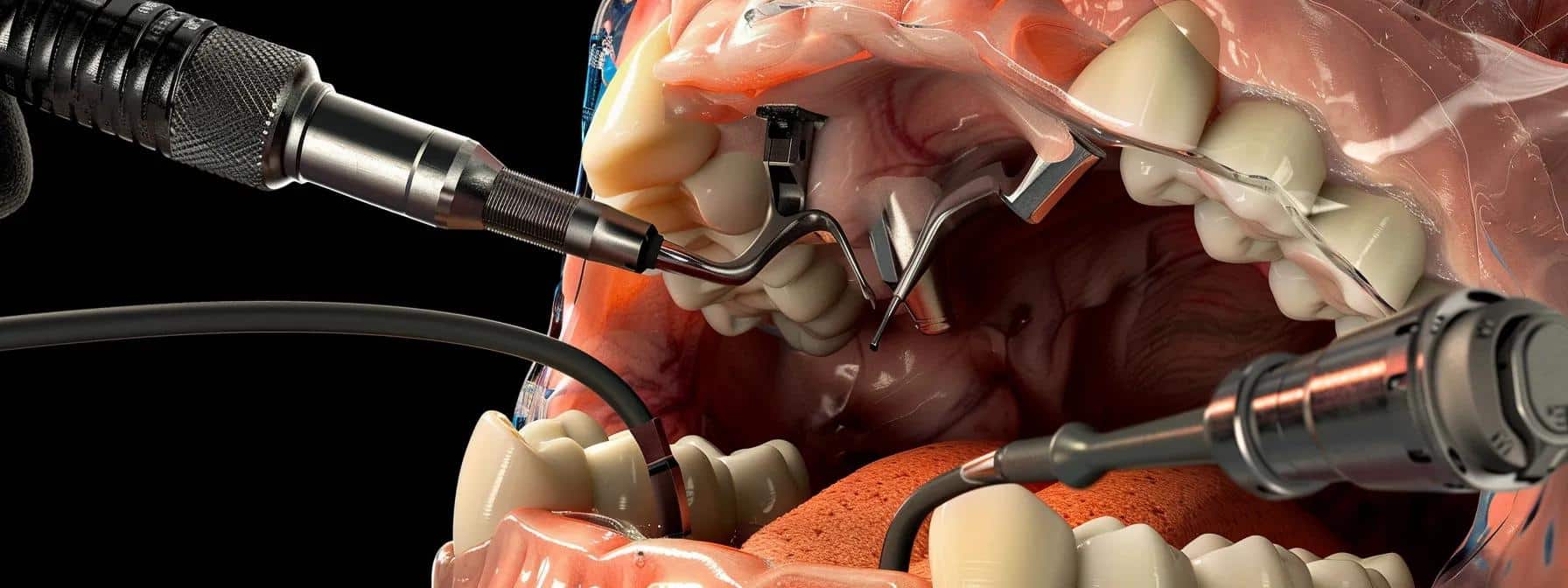Cracked teeth are a common dental concern affecting people of all ages. These cracks are often small and may not cause noticeable discomfort at first, but they can potentially affect the mouth’s overall function over time, including eating and speaking. Understanding the different types of cracks, their possible causes, and available treatments aids in making informed decisions about oral health.
What Are Cracked Teeth?
Cracked teeth are characterized by a visible or microscopic break in the tooth’s structure. These cracks can develop in both the crown, which is the visible part of the tooth, and the root, which sits beneath the gumline. The extent and direction of these cracks vary, affecting both function and stability.
What Are the Different Types?
Cracked teeth are classified into several categories, each with distinct characteristics:
- Fractured cusp: Typically forms around fillings and usually does not extend into the pulp.
- Split tooth: Extends from the crown vertically below the gumline, dividing the tooth into segments.
- Craze lines: Fine surface cracks in the enamel that are generally superficial and not painful.
- Treatable cracked tooth: A crack above the gumline that has not yet led to the tooth entirely splitting.
- Vertical root fracture: Begins at the root, extends upward, and is less visible, sometimes going undetected.
Each type may require different approaches to restore the tooth’s strength and maintain oral comfort.
What Causes Them?
Chewing on hard objects, like ice, hard candies, or pens, may contribute to the formation of cracks. Age plays a role, as teeth naturally weaken and become more brittle over time. Dental procedures that involve removing a large amount of tooth structure may raise the risk of cracking. Trauma from falls, impacts, or sports injuries can also result in fractured teeth.
How Do They Impact Oral Health?
Cracks in teeth can lead to several oral health concerns. They allow bacteria to infiltrate the inner layers of the tooth, which may lead to decay or infection. Sensitivity to hot, cold, or sweet foods can develop if the crack exposes the dentin or pulp, leading to increased discomfort during eating and drinking.
Untreated cracks can grow over time, causing further structural damage and pain. Functionality may be compromised if large cracks prevent proper biting and chewing. These developments may also influence the alignment and health of surrounding teeth.
What Are the Available Treatment Options?
Treatment for this condition depends on the type and severity of the crack. Dental bonding, which uses resin materials to fill small cracks, may restore function and appearance for minor cases. Crowns involve placing a custom-made cap over the tooth, offering additional support and protection from further damage.
Root canal procedures are sometimes used when the crack extends into the pulp. This process removes affected tissue from inside the tooth and seals it to prevent further infection. If a crack is too extensive or extends below the gum line, surgical intervention or tooth extraction may be conducted.
Seek Expert Care Today
Cracked teeth can affect both comfort and oral function. Recognizing the types and signs supports better self-care and early professional consultation. If you notice signs of a crack, seek assessment by a dental professional. Early evaluation and tailored treatment planning may help minimize complications and promote ongoing oral health.

Leave a Reply